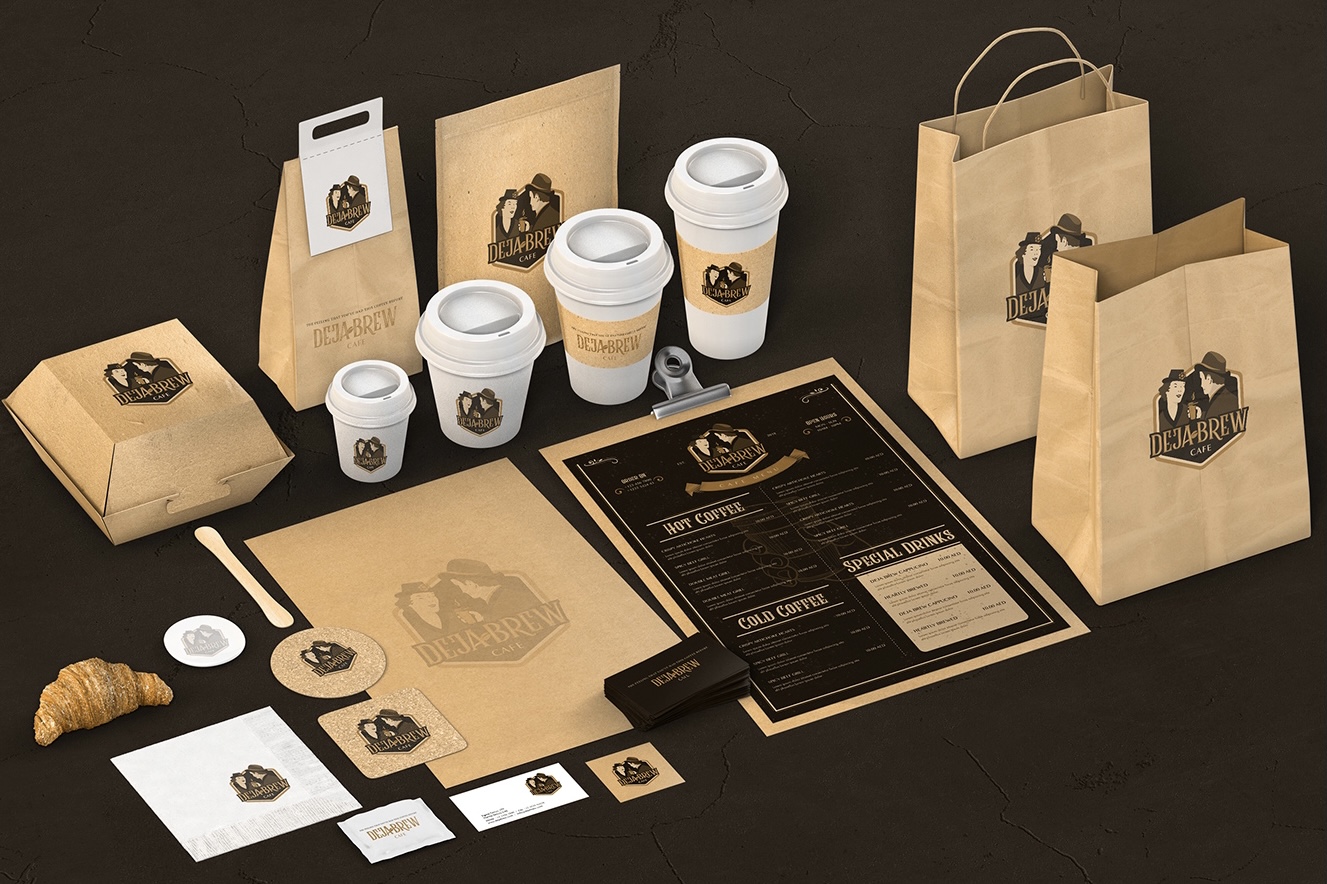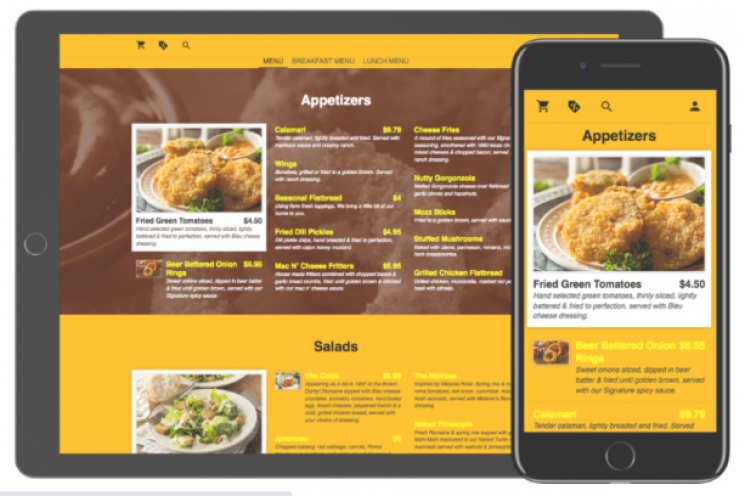
The ultimate guide for your restaurant branding
Competition in the restaurant sector is raging and the restaurant sector is crowded with different types of restaurants and services.
Restaurateurs are competing to create their own identity and separate themselves from their competitors.
How can you bring new customers to your restaurant? Once they’ve tried it, how can you make sure that they are coming back?
The answer for these questions is simple, an incomparable restaurant branding.
When we say branding, we automatically talk about all the memories and the experience your customers have had at your restaurant. It’s the image and the feeling that comes to their mind once they remember your restaurant’s name.
What is restaurant branding?
A restaurant brand is simply what sets the restaurant aside from its competitors. It gives the restaurant its own personality and ambiance. It gives potential customers emotional and visual hints about the restaurant, its type and even its setup.
A strong brand is reflected in the overall restaurant’s activities from the menu to the choice of ingredients, employees, customer service, interior design, marketing material and music.
How to develop an effective restaurant brand?
Define your brand
Mission statement and values
This is the foundation of your business and your culture that will be translated into actions and sets of behaviors with your clients and employees.
-
Who are you?
-
What is the purpose of your restaurant?
-
Why are you serving customers?
-
How do your choices affect your customers?
-
Why did you choose a certain type of restaurant?
-
How are you planning to achieve your purpose?
Answer the above questions and identify your unique selling points that set you apart from competitors.
For instance, McDonald’s mission statement for 2021 is: 'Our mission is to make delicious feel-good moments easy for everyone.’
So the focus here is on customers of course highlighting three main points that are:
-
Delicious
-
Feel-good
-
Easy
They are focusing on the delicious food and the good feelings people have when consuming their food and finally the ease of accessing their food which are the core of their business.
Their mission statement is brief, clear and straightforward and clearly communicates what they do and set their customers’ expectations.
Target market
What is the ideal audience you’re looking for to see at your restaurant?
Things to take into consideration:
-
Demographics
-
Geographic location
-
Lifestyle
-
Preferences
Brand positioning
Now it’s time for the ‘what’ and ‘where’ questions after identifying the ‘why’.
Positioning includes different criteria:
-
Price: you need to set your pricing strategy that fits into your mission and values and suits your target market. By setting your pricing strategy, you will be defining your true competition.
-
Product: everything related to your menu and the food choice. Is it an ethnic cuisine or an international one? What are the special and exclusive flavors of your restaurant?
-
Promotion: what is your promotion strategy to attract customers and what is the best tool to get to your target customers?
-
Place: the actual location of your restaurant.
Your brand identity
Branding voice and style
It concerns the language you’re planning to use to communicate with your target customers.
Take for instance, what is the difference between promoting your restaurant using ‘family deals’ and ‘our signature dish’?
The first one automatically targets price sensitive customers while the second one targets an audience with a higher purchasing power.
How are you planning to address your customers?
Are you communicating with them formally or not? You have to keep this tone among different communication tools.
Your brand’s visuals
Everything that relates to the imagery you’re planning to use to express your brand including colors used and font. What is the vibe for your brand? A modern funky one or a classic vintage one?
This standard for the visuals should be present in all your signage, menu and aesthetic so when a customer sees a sign for your restaurant, he would be able to link it to your brand even without reading your name on it.
Brand’s assets
These assets are your restaurant’s value. It is the logo of your restaurant, the social media pages, the website and even the menu.
The logo, the website, social media platforms and the menu should always carry your feel and communicate your brand to the audience.
The menu design should adhere to your style guides and should help you increase your revenues.
How?
Consider the menu engineering tool for ultimate menu designs and platter placement.
Everything should be consistent to your values and all the above points should be correlated to say one thing: your restaurant’s brand.





